The “sudo” command is a strong tool in the Linux system that permits the user to run/execute a command as the superuser as well as another user. It stands for “super user do” as well as “substitute user do” or and it is an essential command for system administration. Understanding and effectively using the “sudo” command is essential for managing permissions and performing administrative tasks in Linux.
Here’s a comprehensive guide to using the “sudo” command in Linux.
Prerequisites
Before using “sudo”, ensure that your user account has “sudo” privileges or you know the credentials of a user that does.
How to Use sudo Command in Linux
The “sudo” command grants temporary privileges to a regular user to perform tasks usually reserved for the superuser or root. This is crucial for security, as it reduces the risk of unauthorized changes to the system and potential security breaches.
Basic Syntax
The general syntax of the “sudo” command in Linux is as follows:
sudo [OPTION] COMMAND |
|---|
Here, “OPTION” is any of the options that “sudo” accepts, and “COMMAND” is for executing any command with privileges.
Common sudo Options
– -l: Lists the “sudo” authority/rights for the current user.
– -u: Allows you to run a command as specific/another user.
– -v: Refreshes the authentication without running a command.
– -k: Invalidates the user’s cached credentials.
Common “sudo” Command Examples
Several common examples of “sudo” usage in Linux as below:
1. Basic Usage
The most common use of “sudo” is to execute a single command with root authority. For example, updating the package list in Ubuntu would require root access and can be executed as follows:
sudo apt update |
|---|
This command runs the “apt update” command with superuser authority. It refreshes/updates the package lists for upgrade packages or new package installations.
2. Editing Files with Elevated Privileges
To edit files that require root permissions, such as system configuration files, you can use “sudo” with a text editor. For example, editing the `hosts` file with `nano` would be:
sudo nano /etc/hosts |
|---|
3. Listing User Privileges
Users can run the “sudo” command with the “-l” option for listing user privileges:
sudo -l |
|---|
4. Switching to the Root
If users require a superuser/root shell, they can execute the “sudo” command with the “i” option to switch to the root user with:
sudo -i |
|---|
5. Running Multiple Commands
To execute more than one command with `sudo`, you can chain them using the `&&` operator. For example, updating and upgrading can be done in one line:
sudo apt-get update && sudo apt-get upgrade |
|---|
6. Adding a User to the “sudo” Group
On Ubuntu, users can utilize the “usermod” for adding a user such as “john” to the “sudo” group to access/grant them “sudo” privileges:
sudo usermod -aG sudo john |
|---|
7. Editing the sudoers File
The “visudo” command opens a safe editor for the `sudoers` file, which configures who can use `sudo` and how:
sudo visudo |
|---|
8. Viewing Log Files
Some log files may be restricted to read by regular users. sudo can grant access to such files. For instance, view kernel log files using the “sudo” command as below:
sudo cat /var/log/kern.log |
|---|
9. Installing Software Packages
Installing software packages or updating the system often requires superuser privileges. For example:
install VLC package using the “sudo” command as below:
sudo apt install vlc |
|---|
Advanced “sudo” Options
The “sudo” command is a staple in the Linux world, offering a secure way to delegate administrative tasks. It’s a more secure alternative to logging in as the root user, which can pose security risks if used carelessly.
By utilizing “sudo”, users can access/grant specific users or groups while providing their password, not the root password. The ‘sudo’ command also comes with several options that can be utilized. Some of these include:
| Usage of sudo Command | Commands |
|---|---|
| Installing a new package | sudo apt install package_name |
| Modifying system configurations | sudo nano /etc/fstab |
| Starting a system service | sudo systemctl start service_name |
| Stopping a system service | sudo systemctl stop service_name |
| Preserving the Environment | sudo -E /path/to/command |
| Running Commands as a Different User | sudo -u username /path/to/script |
Best Practices
When using “sudo”, it’s important to follow good practices for maintaining Linux system security:
– Only grant “sudo” privileges to trusted users.
– Regularly review “sudo” authority and adjust them as necessary.
– Avoid using “sudo” for interactive shell access; instead, grant privileges for specific commands.
– Implement a strong password policy and require users to enter their password when using “sudo”.
– Configure “sudo” to log all commands for audit and monitoring purposes.
Bottom Line
The “sudo” command is an essential tool for Linux system administration, providing a secure and flexible way to manage privileges. By exploring and using “sudo”, administrators, as well as users, can maintain the integrity of their systems. Use “sudo” smartly to ensure your Linux systems remain secure and efficient.



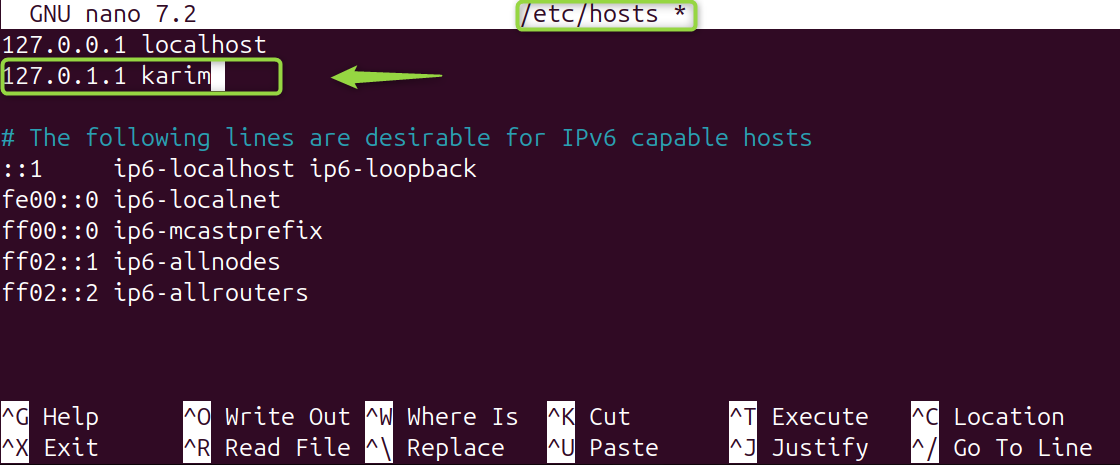


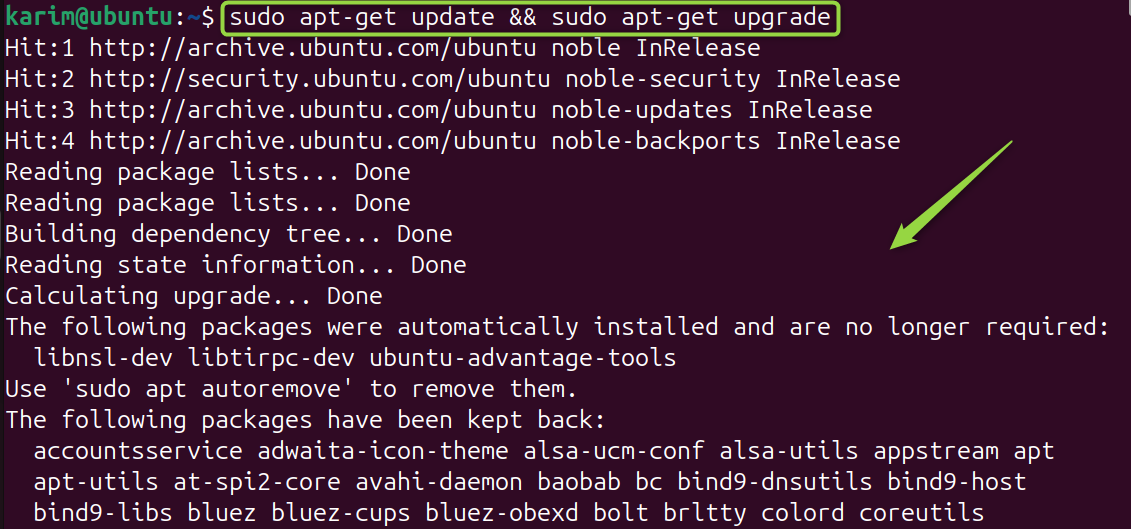


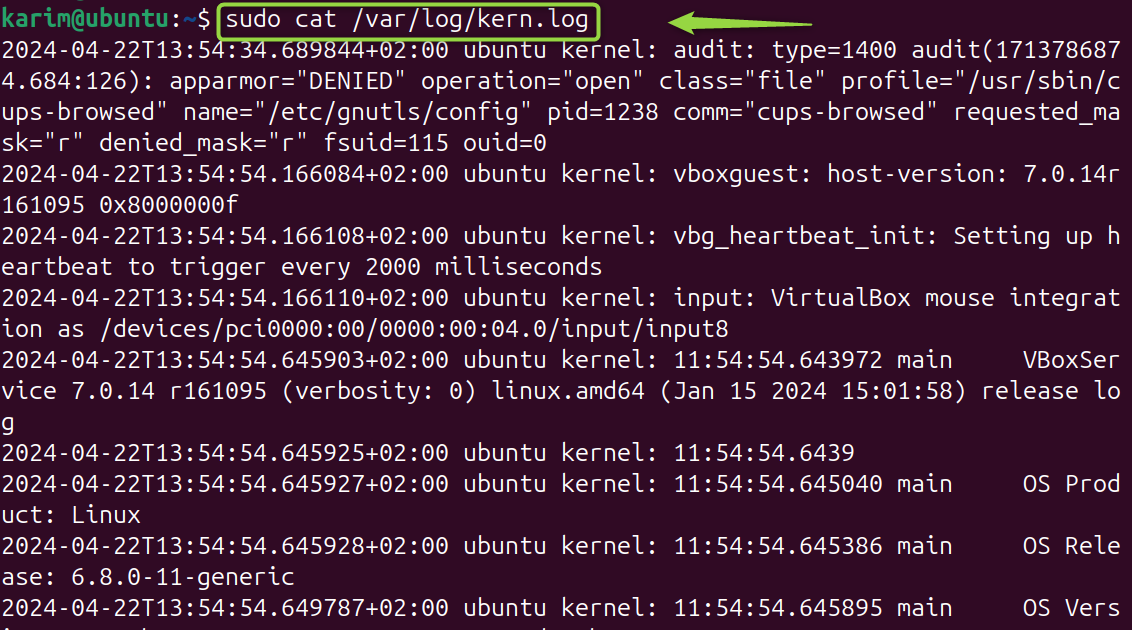
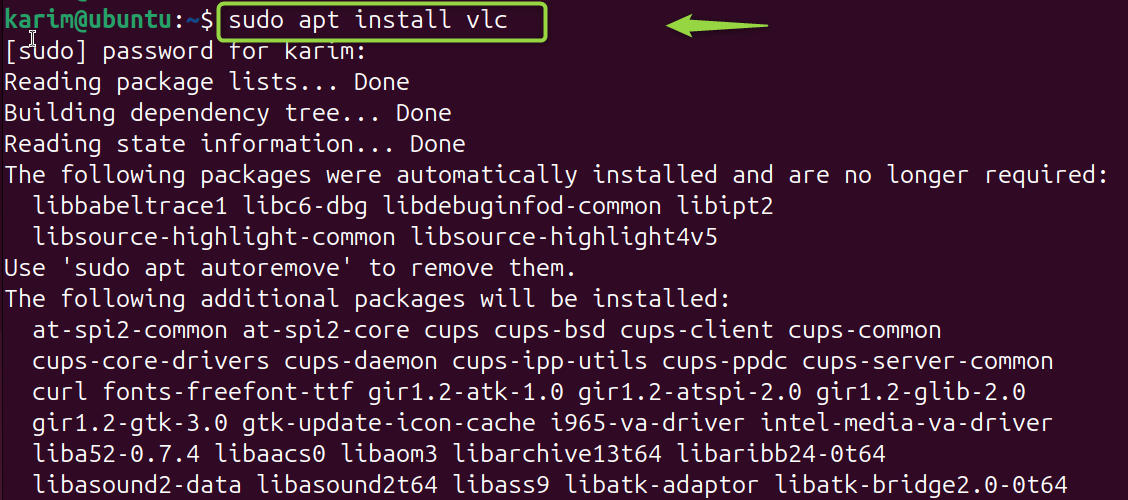
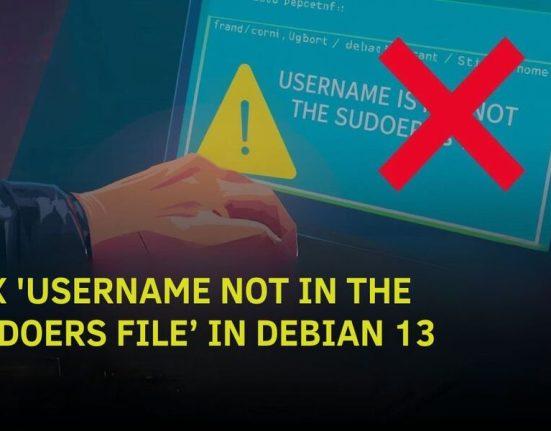



Leave feedback about this